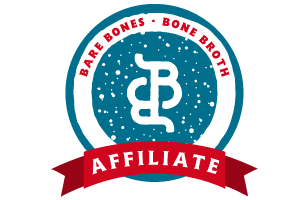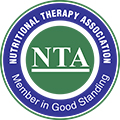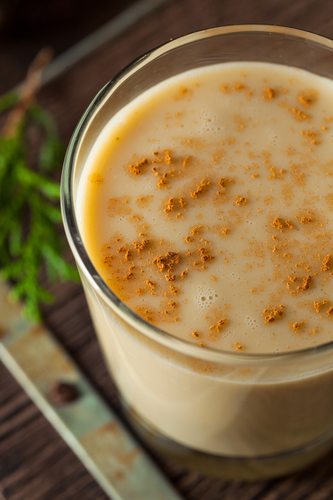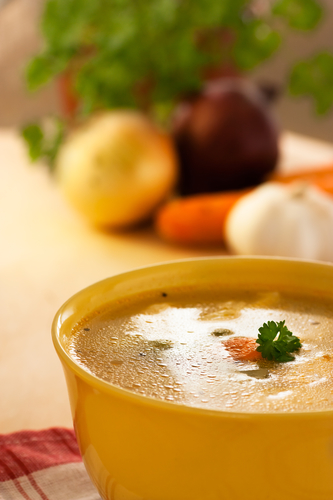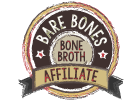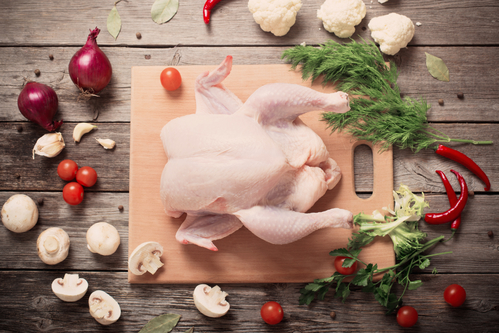The Harms of Eating Too Much Sugar are Real
 Monday, November 30, 2015 at 11:05PM
Monday, November 30, 2015 at 11:05PM 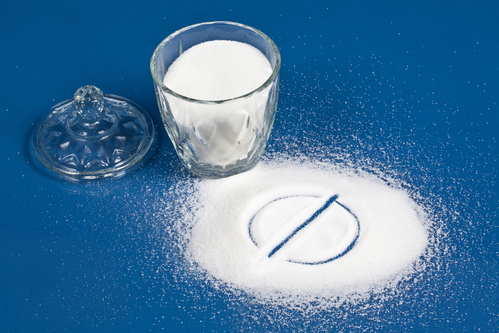 Recently in my office a new patient said to me, “Everyone tells me to stay away from sugar, but no one has told me why.” After thanking her for asking the question, I explained the damaging effects sugar has on our gut health and how this affects our overall health. Excess sugar consumption, especially from high fructose corn syrup which we find in so many processed foods, is linked to weakened immune system, liver damage and a host of diseases, including cancer, polycystic ovarian syndrome, high blood pressure, heart disease, Alzheimers and other dementias (see http://articles.mercola.com/sugar-side-effects.aspx for more on this).
Recently in my office a new patient said to me, “Everyone tells me to stay away from sugar, but no one has told me why.” After thanking her for asking the question, I explained the damaging effects sugar has on our gut health and how this affects our overall health. Excess sugar consumption, especially from high fructose corn syrup which we find in so many processed foods, is linked to weakened immune system, liver damage and a host of diseases, including cancer, polycystic ovarian syndrome, high blood pressure, heart disease, Alzheimers and other dementias (see http://articles.mercola.com/sugar-side-effects.aspx for more on this).
This is why I was especially happy to see the recently released new brochure from the Weston A. Price Foundation (WAPF) on the dangers of this toxic ingredient. The brochure lists a host of diseases caused by refined sugar, from frequent bacterial and viral infections, to cancer, depression and beyond. Truly, the harms of too much sugar are real! Here are the statistics of just how out of control our society is with our consumption of this white devil: In 1700, the average person ate 4 pounds of sugar per year. 100 years later in 1800, each person ate 18 pounds of sugar per year. In 1900, sugar consumption had increased 5-fold from 1800, to a whopping 90 pounds per person per year, but it hasn’t stopped. Today, the average American eats 180 pounds of sugar each year!
This over consumption of sugar is certainly a huge contributor to our rates of diabetes, obesity and the metabolic dis-regulations expanding numbers of Americans and folks in other industrialized nations are having on an ever-increasing basis. Type 2 Diabetes and Diabesity are some of the more common and complicated issues over consumption of sugar contributes to today. Having inherited the propensity for Type 2 Diabetes from my mom, I know this first hand. After developing Diabetes myself and addressing this egregious health issue with the appropriate diet and lifestyle shifts, I can say without reservation that my life has dramatically improved!
Who else remembers pouring cups of sugar into our baked goods as I do growing up? Although I never felt good after consuming these ‘homemade’ treats, that didn’t stop me from eating my share (or more). This is because of the microbial imbalances I was dealing with and that I see so many of my clients struggle with. It is now my joy to help others suffering from the inflammation and distress sugar consumption causes. Those same childhood treats have no appeal to me now and I find the taste sickeningly sweet now that I’ve done the necessary work to adjust my palate. This can happen for you too! Imagine simply not having the level of intense sweet cravings you have now. I used to think it was not possible for me, which was a good indicator that I had to do some more healing work. How about you?
When we see the data I’ve listed above, usually our logical brain can easily see how overboard our intake of sugar is in a year. For many of us with damaged gut flora, however, it’s not enough to just increase our mental awareness about why we should eat less. We’re still ADDICTED to sugar.
One way to counterbalance your intense craving for sweets is to be sure to include plenty of healthy fats with your sweet treats. Here's a recipe for a simple and delightful winter treat of real eggnog – so much more satisfying than what you can buy in the store! Another great step toward reclaiming your inner terrain is to incorporate healthy and delicious fermented foods into your diet. See this series I wrote on ways to introduce ferments for beginners: Take it Slow, Give it Time, and Brine Shots! and experience deceased sugar cravings for yourself.
To clarify, the sugar intake listed above is specifically for added sugar, not sugar from fruit, honey or carbohydrate rich foods. While our bodies do need sugar (glucose) for fuel, some folks benefit from more or less depending on a host of factors. Considerations for variations in recommended amount of sugar intake include stress levels, activity levels, gut health, blood chemistry levels for metabolic markers, and several other factors. A good general rule to follow for most people (especially in the USA or other industrialized cultures), is typically to minimize intake. As you do this, watch for ways you feel better like clearer brain function (less foggy headed), more digestive ease (less gut discomfort or bowel issues), better sleep (less insomnia or waking up tired after a full nights sleep). Really, the often times drastic health improvements from this one powerful move:
replace refined sugar consumption with naturally sweet foods, as tolerated
can be powerful for you to enter the new year feeling more like yourself and less of the overweight, frustrated version of yourself you’d like to transform.
Happy holidays to you and email support@summerwaters.com if you think you may need some help getting back on track in the new year or any time!



